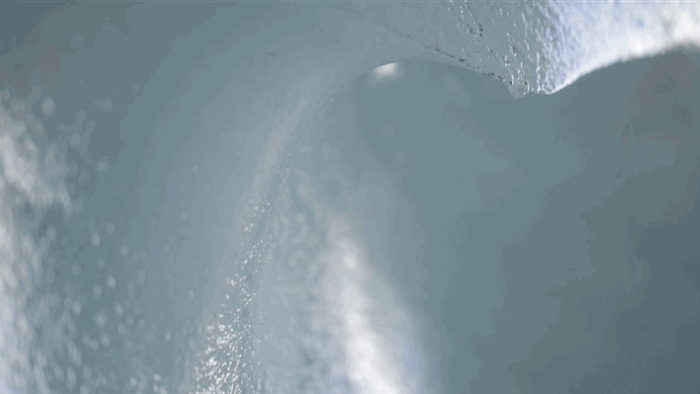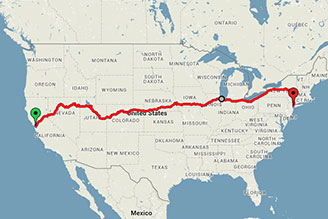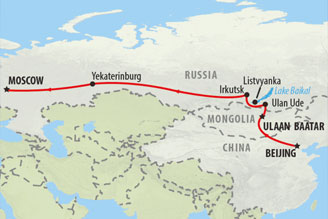I travel to Alaska to visit nature’s most magnificent secret—but it's disappearing soon.
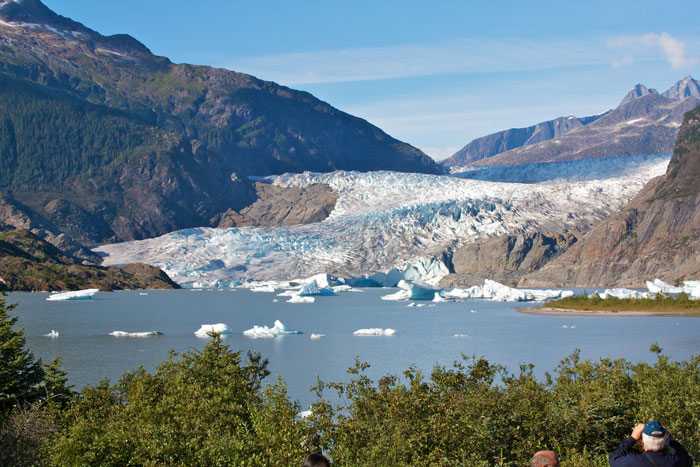
This is the Mendenhall Glacier, a magnificent 13-mile-long sheet of ice formed some 3,000 years ago. It’s the most famous of Alaska’s ice floes, attracting hundreds of thousands of visitors each year to see its vast, frozen expanse.
Few visitors, however, see the glacier from its most spectacular vantage point: inside it. Deep within the glacier, there’s a magical blue world of ice caves unlike anything you’ve seen anywhere else in the world.
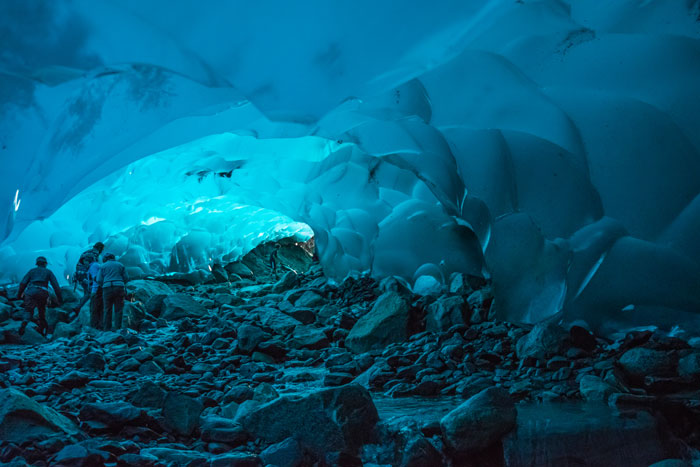

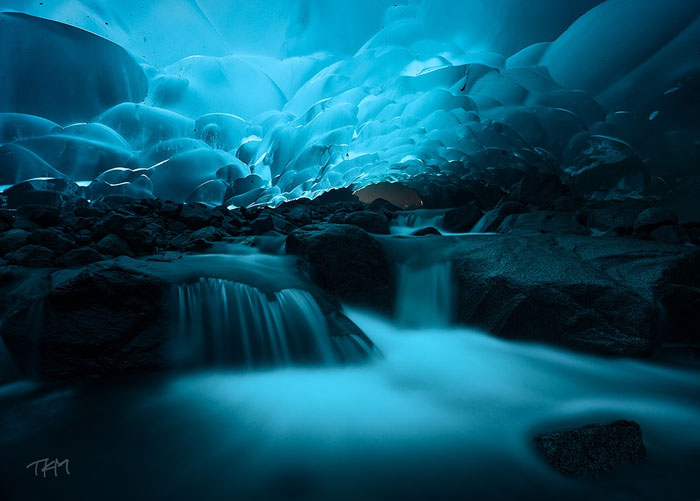
These are the Mendenhall Ice Caves. They exist only because the glacier is melting — and as you can guess, glaciers don’t keep on melting forever.
As the ice melts, the glacier shrinks in size and appears to recede away from the lake. Naturalists estimate that within a few years the glacier will retreat onto land and within 25 years retreat out of view entirely from the observation area.

In May 2015, I decided to see it before it disappears.
This is my trip in photos.
Follow me
Keep up with my latest adventures
The journey to the Mendenhall Ice Caves begins with an arduous 8-mile hike.

The U.S. Forest Service describes the hike as “over rough, steep, uneven, unmarked, and slippery terrain.”
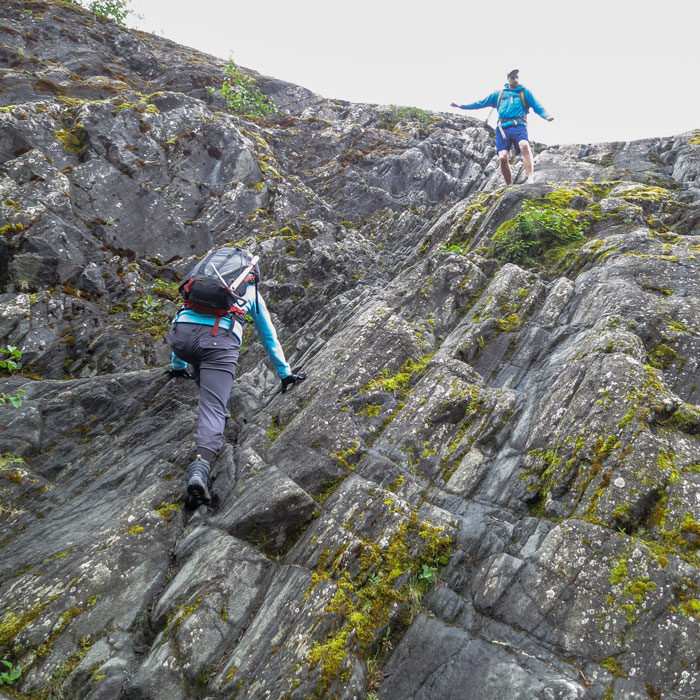
“…across a moon-scape of loose rock with a confusing array of markers.”
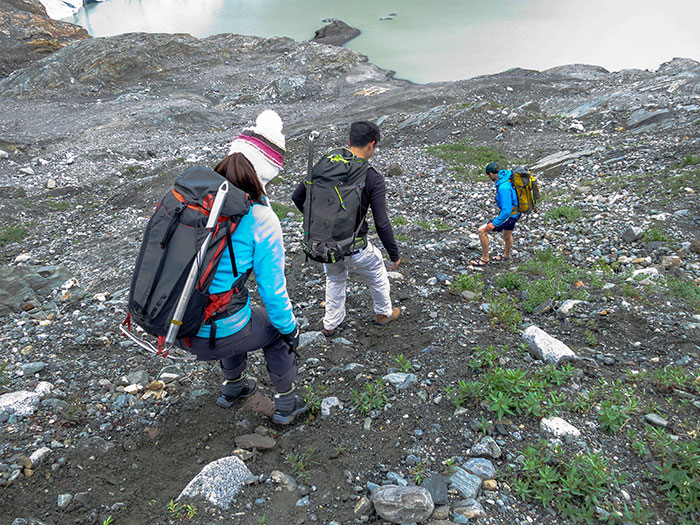
If you’re successful in navigating the unmarked forested trail, your path should look something like this.
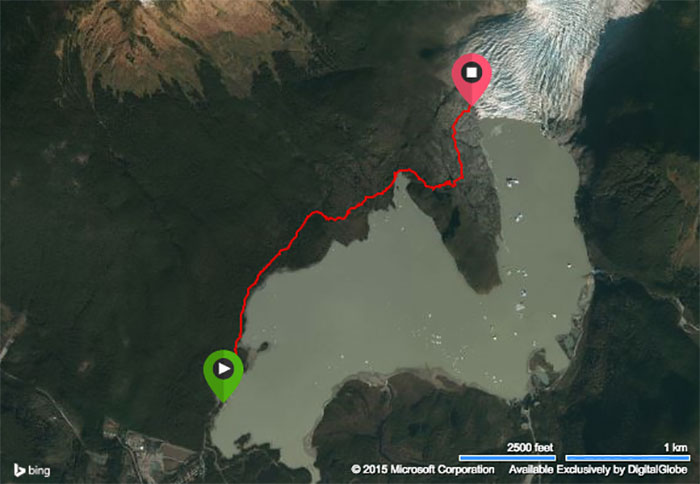
And hopefully, you’ll be seeing something like this.
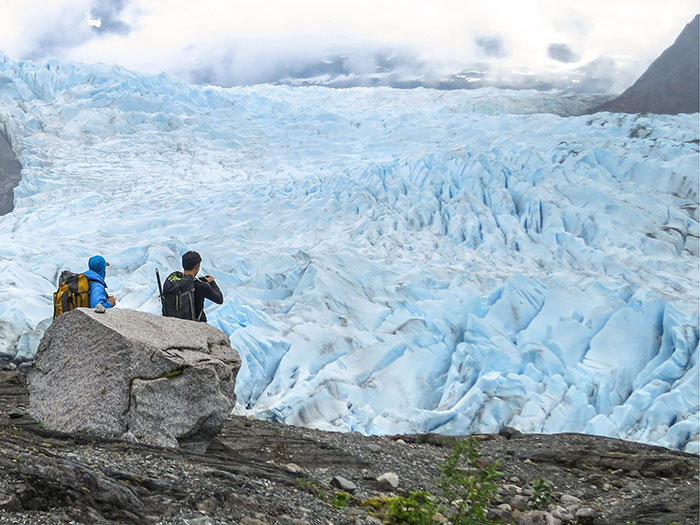
Happily, we sprinted towards the ice squealing like little kids.
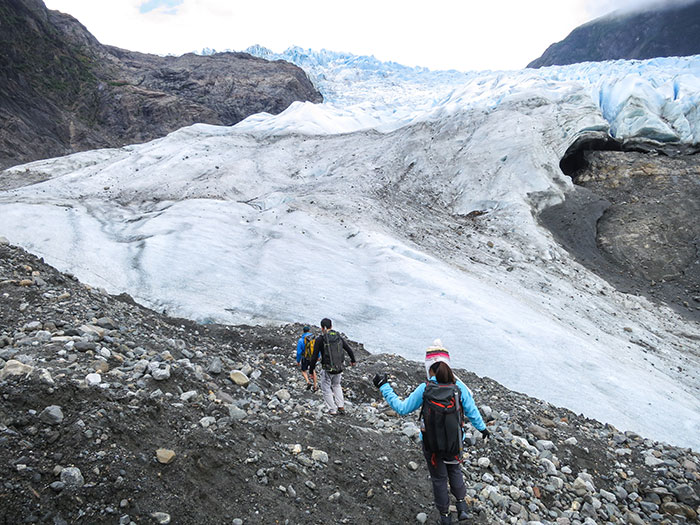
But as we stepped on the 1,000-year-old ice, we discovered that it looked like 1,000-year-old ice.
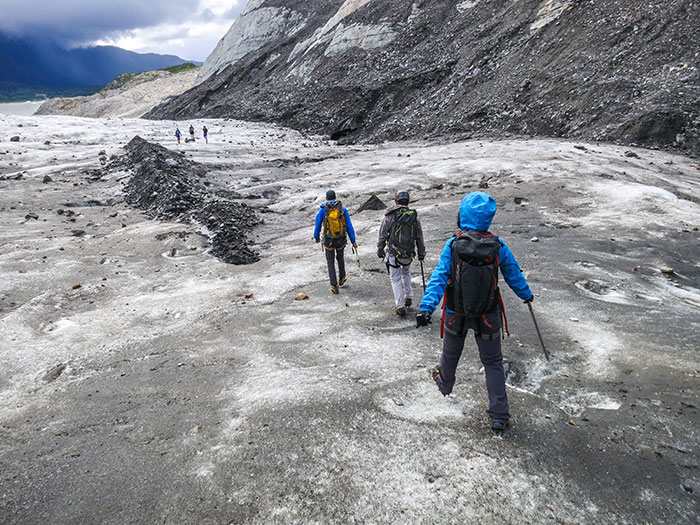
We realized that dirt accumulates at the bottom.

We needed to hike further up the glacier.
But shoes don’t work like shoes on ice. So we upgraded them with crampons.
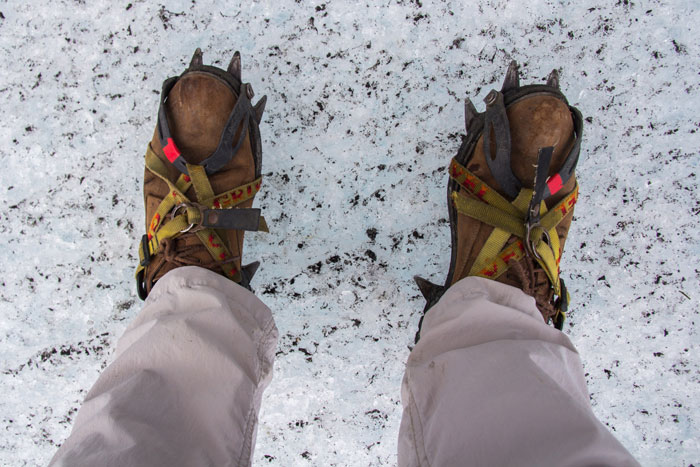
We also brought along ice axes, but mainly for the photos.
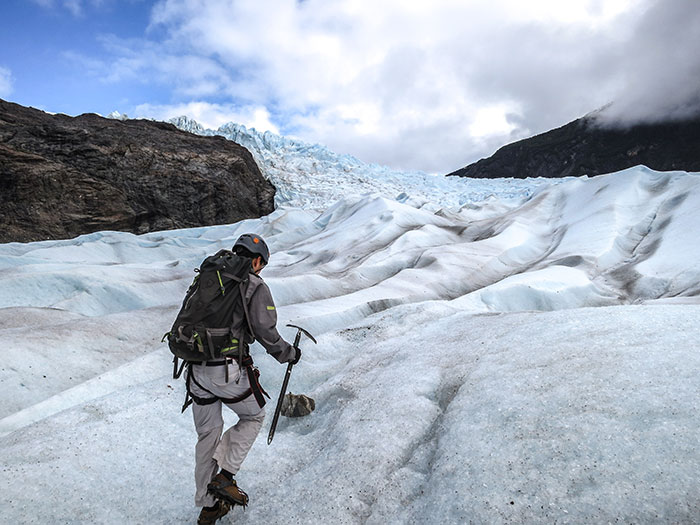
And so, we began marching up the slippery icy surface.
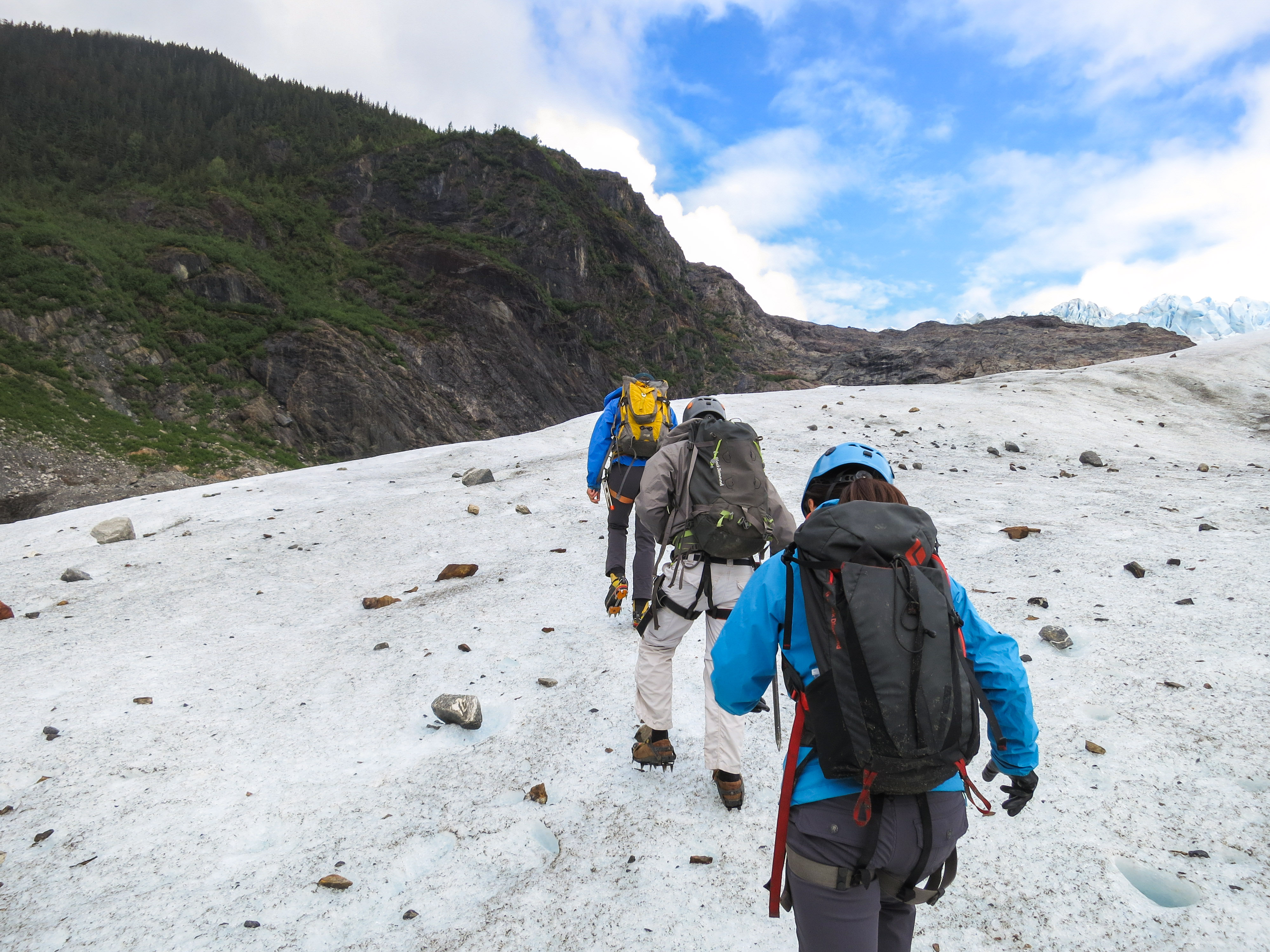
As we ascended the glacier, the views were astounding.

But there was no time to be distracted by the jaw-dropping scenery. We had to push on.
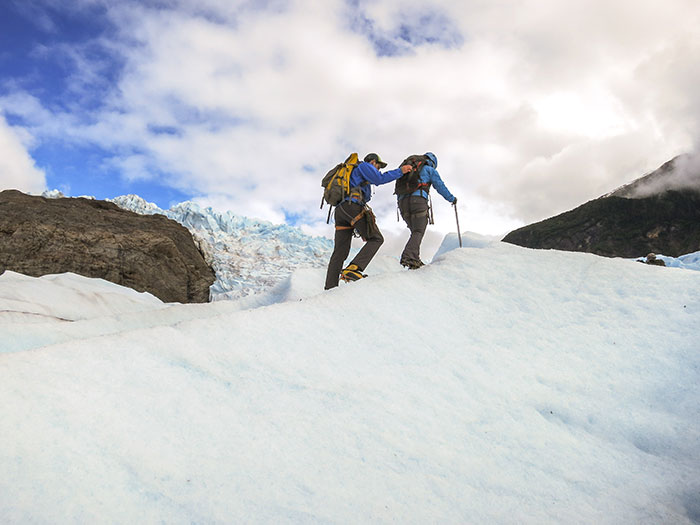
In some places, though, pushing wouldn’t have been such a good idea.
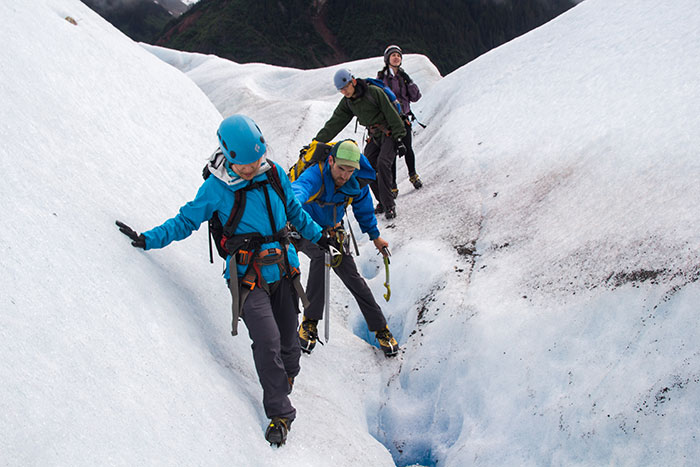
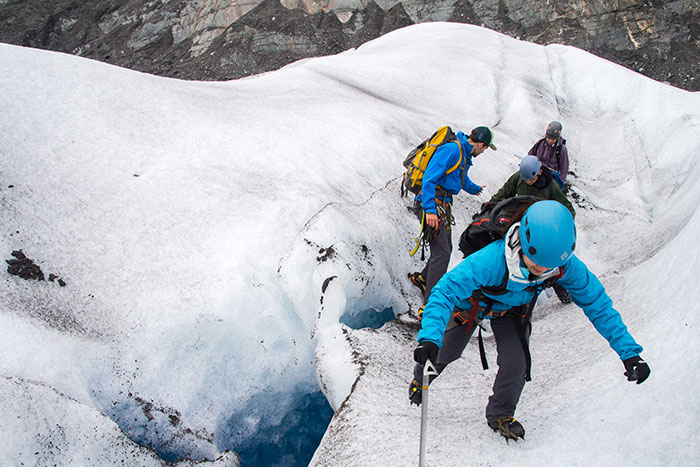
Scattered across the glacier are crevasses where a fall would have fatal consequences (worth a watch).
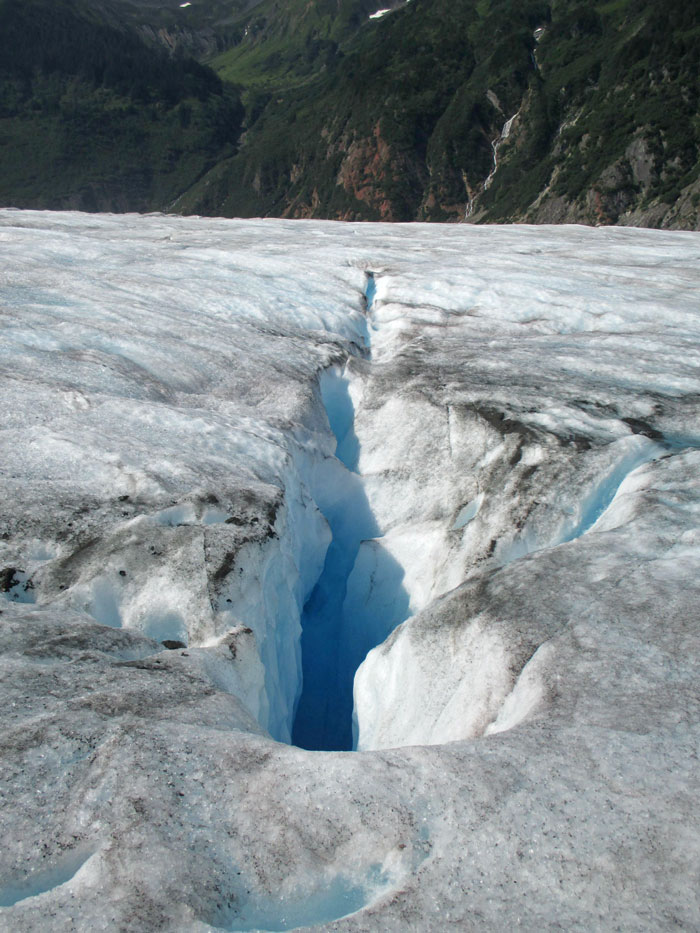
I was surprised to learn that when glaciers melt, they form puddles of Tide detergent.
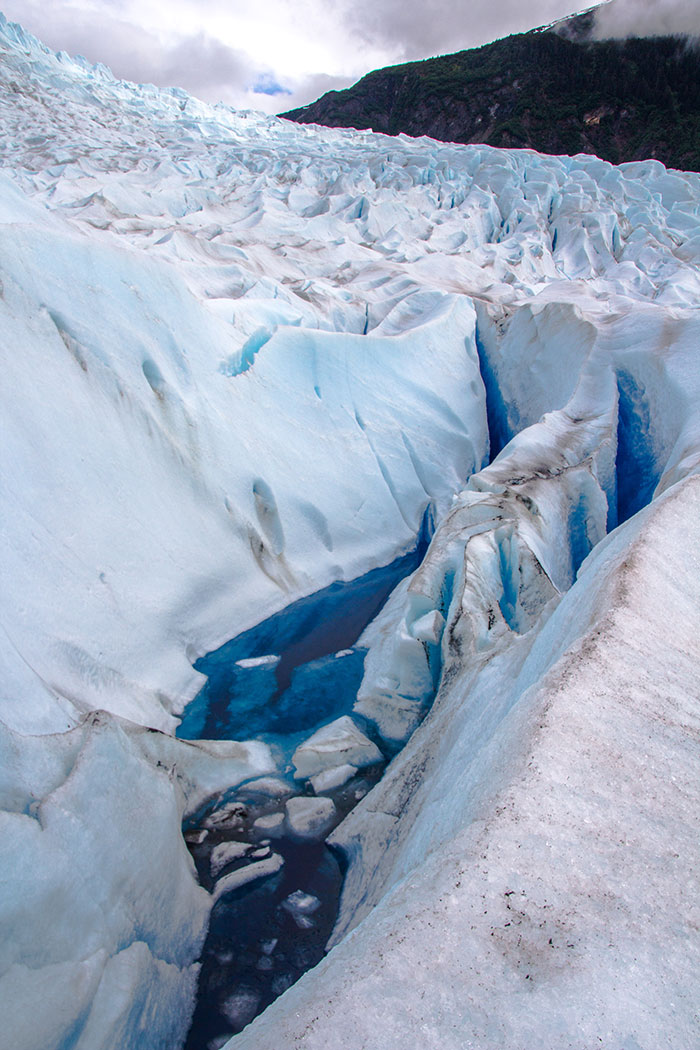
Ever heard the saying that nature hides its treasures in the ugliest of places?
No? Well yeah, I just made that up.
But then we found the entrance to the cave hidden in a corner of the glacier that looked like mother nature’s dumping ground.
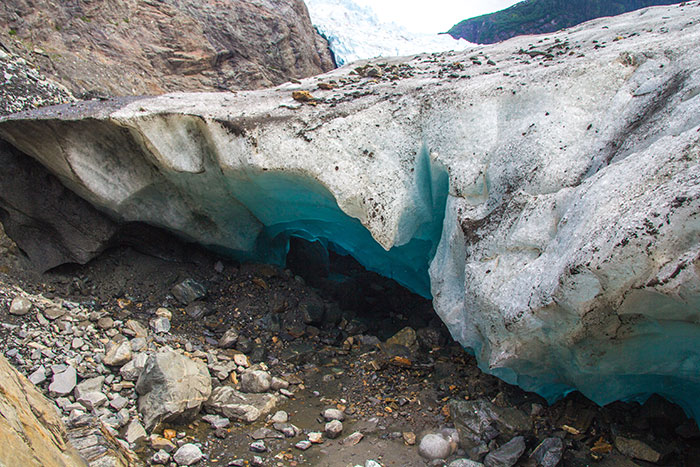
The entrance wasn’t wheelchair accessible.
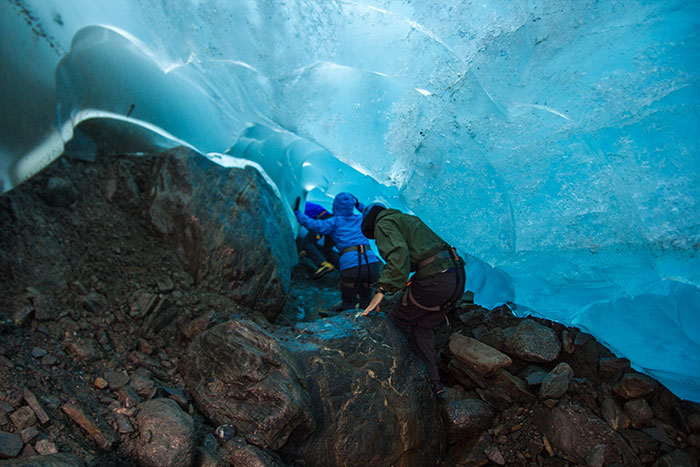
Some sections of the cave were so tiny that we were on all fours.
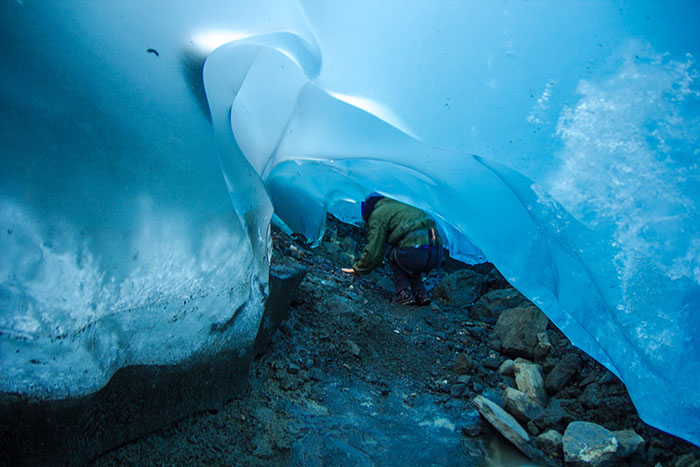
If feeling claustrophobic wasn’t enough, you’ll soon realize that you’re under tons of melting, shifting ice.
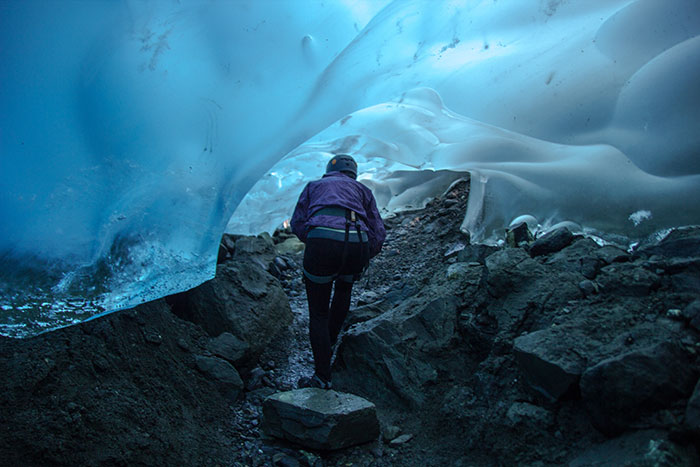
Hikers who enter the caves are susceptible to the risk of falling ice, which can break off in chunks as big as refrigerators.
A woman was killed a few months ago in an ice cave collapse (non-graphic & worth a watch).
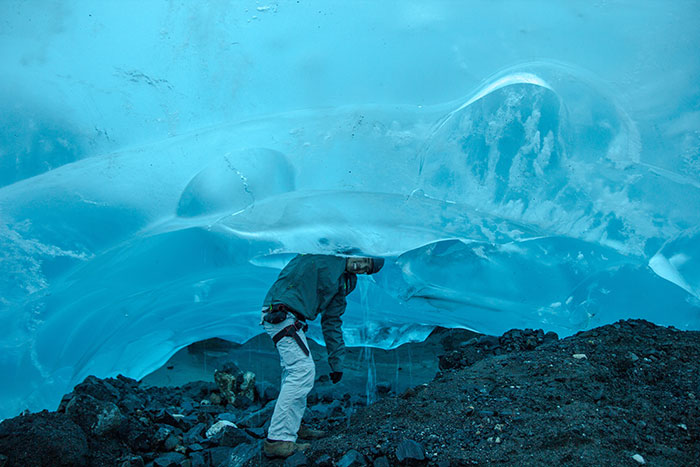
As the ice melts, the cave gets pretty wet with freezing cold water raining down from the ceiling.
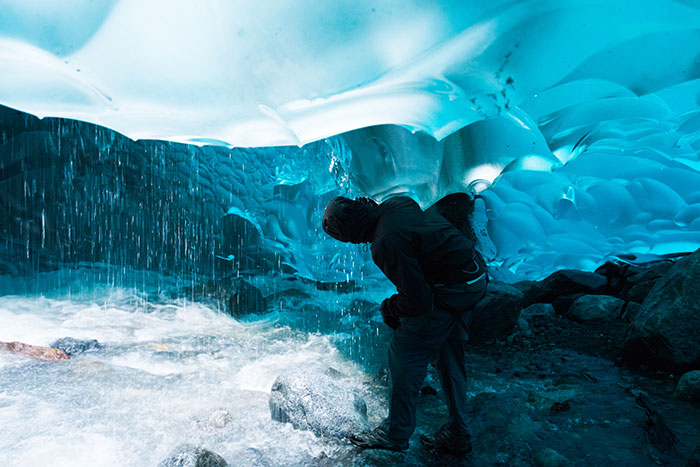
When you finally settle in, you’ll find yourself in this surreal, turquoise-toned world.
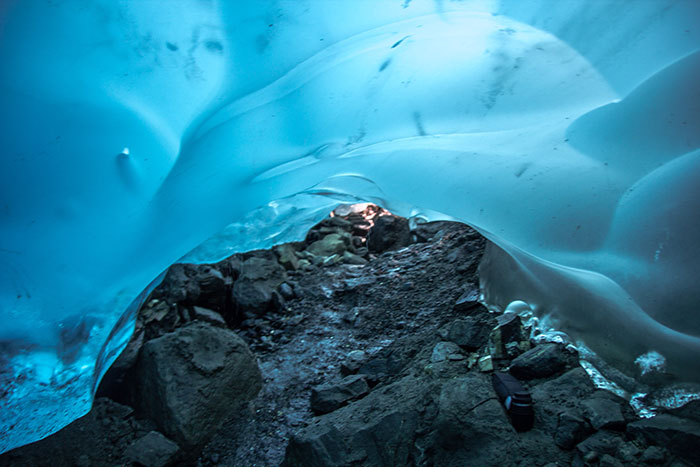
It’s absolutely ridiculous and unreal.
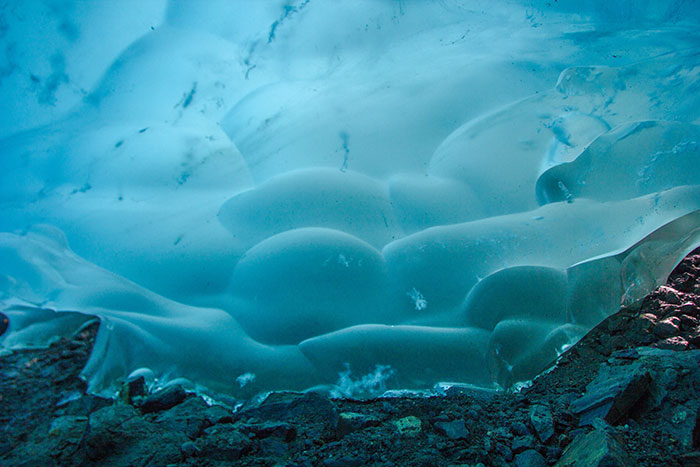
It’s almost like we entered Superman’s Fortress of Solitude.

Except I looked more like Smurf than Superman.
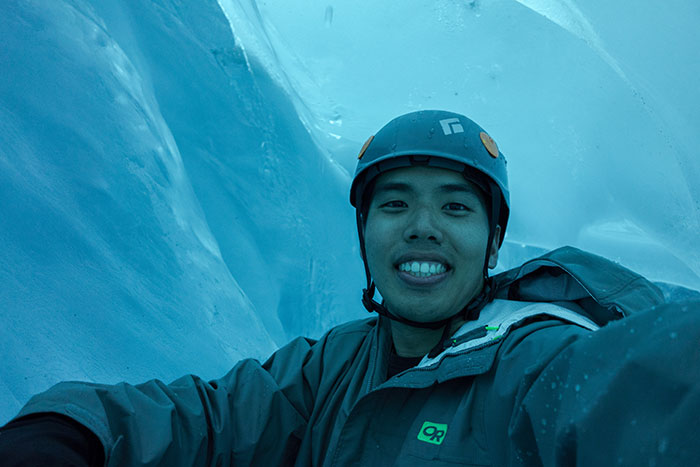
But if you didn’t fall into a deep crevasse or get killed by falling ice, there’s nothing to be feeling blue about.
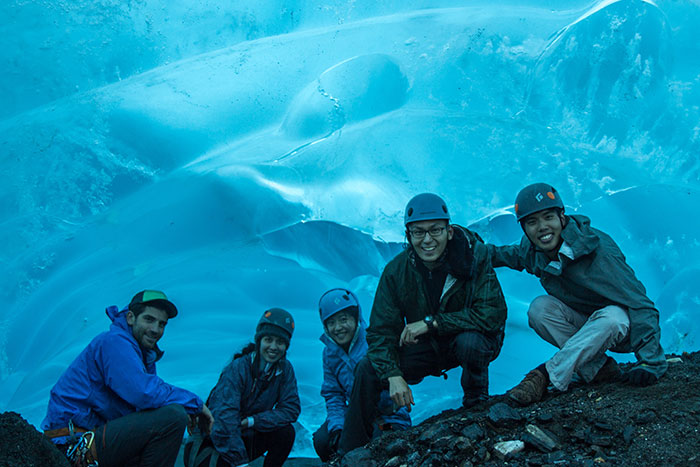
Epilogue
The Mendenhall Ice Caves were an extraordinary experience — the kind that will live with you for the rest of your life. There’s simply nothing else like it.
The best way to explore the ice caves is to go with an experienced tour guide who knows the conditions at any time and what areas are safe to walk through. Glaciers are volatile, so make sure to have good hiking boots, waterproof clothing, and your guide will likely issue protective headgear.
But this is not a bucket list place.
The Mendenhall Ice Caves aren’t going to wait around for you; perhaps not even for the next 10 years. With every passing year, rising global temperatures have caused the glacier to melt even faster. As the ice melts and thins, visiting the ice caves becomes increasingly challenging and dangerous.
If there’s one thing that Bing Maps does better than Google Maps, it’s showing you the impact of climate change over the span of just a few years.

All things considered, you’ll probably want to visit it soon.
